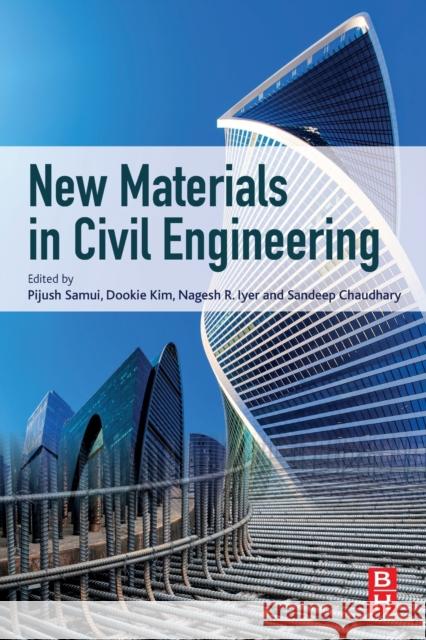New Materials in Civil Engineering » książka
topmenu
New Materials in Civil Engineering
ISBN-13: 9780128189610 / Angielski / Miękka / 2020 / 1008 str.
Kategorie:
Kategorie BISAC:
Wydawca:
Butterworth-Heinemann
Język:
Angielski
ISBN-13:
9780128189610
Rok wydania:
2020
Ilość stron:
1008
Waga:
19.24 kg
Wymiary:
22.86 x 15.24 x 5.49
Oprawa:
Miękka
Wolumenów:
01
Dodatkowe informacje:
Wydanie ilustrowane











